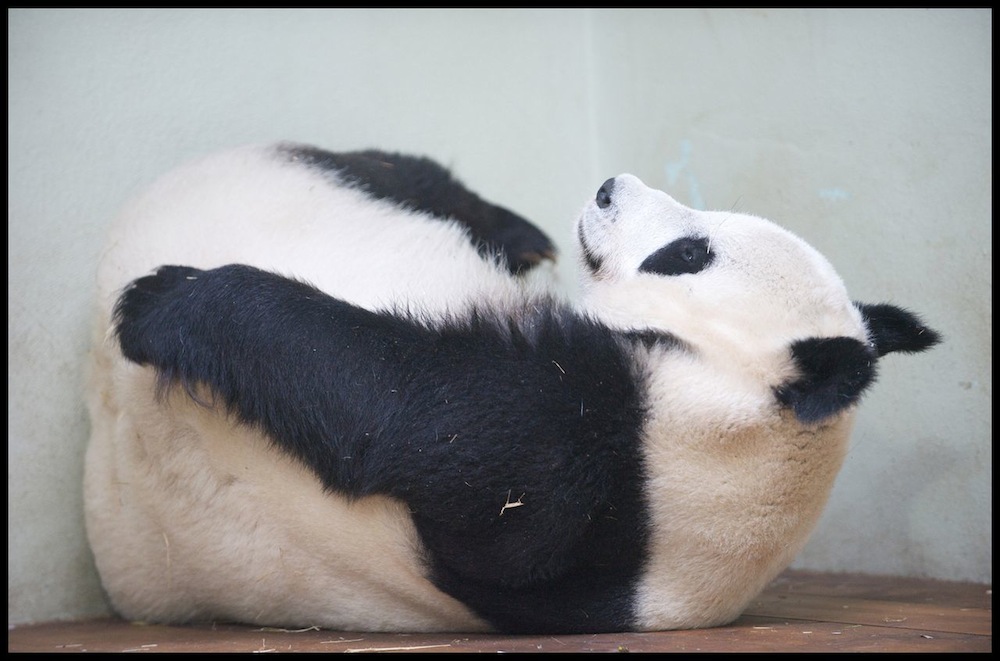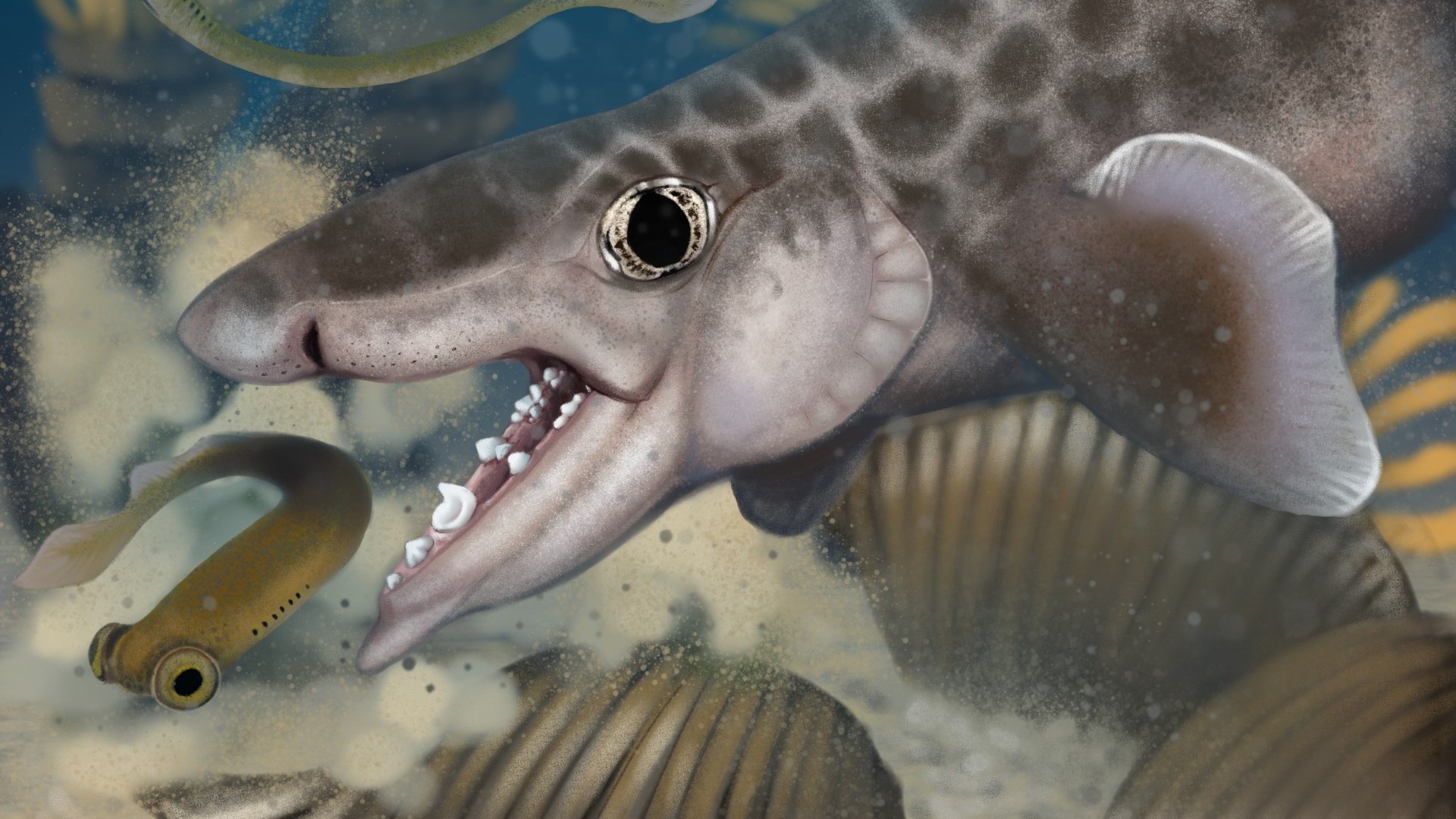Experts Put Together Panda Plan

Dozens of giant panda experts are meeting at the Edinburgh Zoo in Scotland this week to hammer out a plan outlining how best to care for and study the world's rarest bears.
Rob Ogden, head of conservation science at the zoo, told LiveScience that the point of the three-day symposium (held Sept. 10-12) is to bring together an international body of expertise on pandas and flesh out a list of what research questions panda experts want to answer.
There are gaps in the knowledge about giant pandas, Ogden said, with regard to breeding, medical care, disease resistance and how to reintroduce captive pandas into the wild to bolster the endangered species. [Gallery: China's Rare Creatures Caught on Camera]
"They're quite difficult animals to study in the wild," he added. "There are still some unknowns with respect to their habitat use and their lifestyle."
By the end of the meeting, the group is hoping to have a five-year research plan for international zoos and panda scientists focusing on five areas: field ecology; genetic management; artificial breeding and infant panda care; veterinary management and research; and cognitive evolution and behavioral research.
The details of the plan likely won't come out for a few months, Odgen said.
Playing out as a backdrop to the symposium, staff at the Edinburgh Zoo are keeping a close watch on their female panda Tian Tian, who may or may not be pregnant. The uncertainty perhaps illustrates the need for further research into panda reproduction.
Get the world’s most fascinating discoveries delivered straight to your inbox.
Breeding the animals in captivity is notoriously difficult, but many panda experts contend that it's necessary to boost the population numbers and genetic diversity of the species. There are more than 300 pandas in captivity and about 1,600 left in the wild.
All pandas in captivity around the world are managed as a single population and belong to China — the only place where the bears can be found in their natural habitat.
As part of its panda breeding and research program, China loans the bears to international institutions. Four zoos in the United States currently have pandas. Zoo Atlanta and the Smithsonian's National Zoo in Washington, D.C., welcomed newborn panda cubs this year — the products of artificial insemination.
Tian Tian came to Edinburgh with a male panda named Yang Guang in December 2011 on a 10-year loan from China.
The female bear was artificially inseminated earlier this year after she and Yang Guang failed to mate naturally. This summer, Tian Tian started showing signs that she might be pregnant. Her hormone levels rose and she started spending most of her days sleeping.
But female pandas that don't conceive often undergo a pseudo-pregnancy that mimics the real thing. And zoo officials said that panda fetuses, which don't start developing until the last weeks of gestation, could even be reabsorbed or rejected by the mother. Lately Tian Tian's hormone levels have been showing an strange pattern with many spikes and dips, which is throwing her caretakers for a loop.
"Predicting pregnancy in giant pandas isn't straightforward and we're all rapidly learning that Tian Tian is a panda whose behavior and physiology appears to be more complicated than most," the zoo said Monday (Sept. 9) in its most recent update.
If Tian Tian has a cub, it will mark the first giant panda birth in United Kingdom.
Follow us @livescience, Facebook & Google+. Original article on LiveScience.

